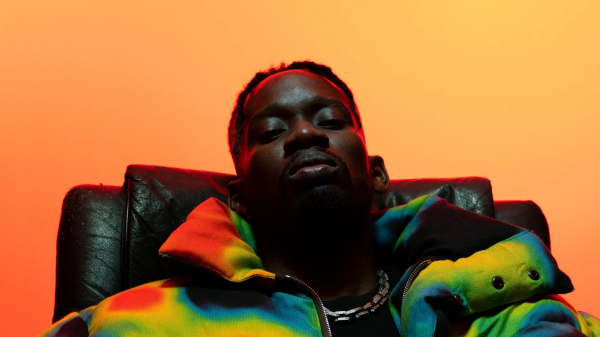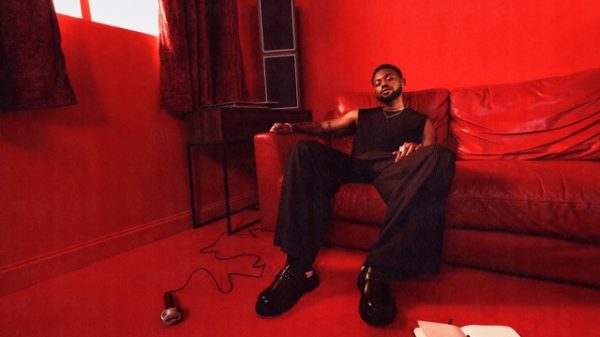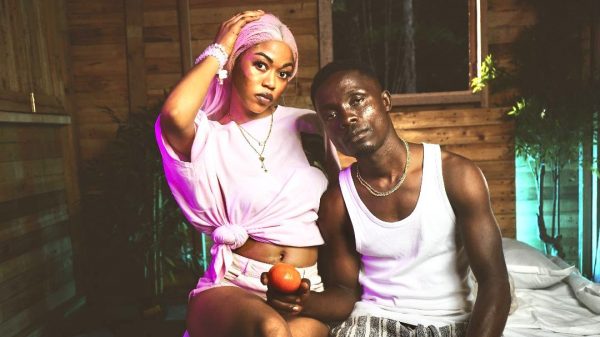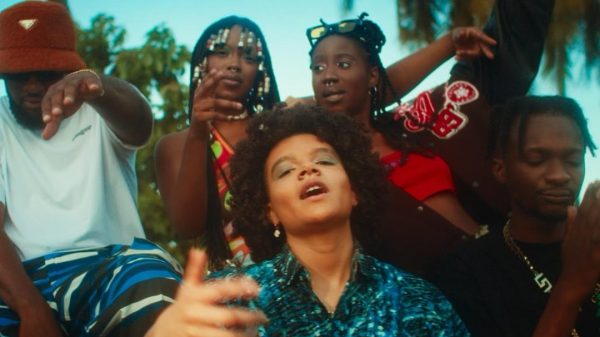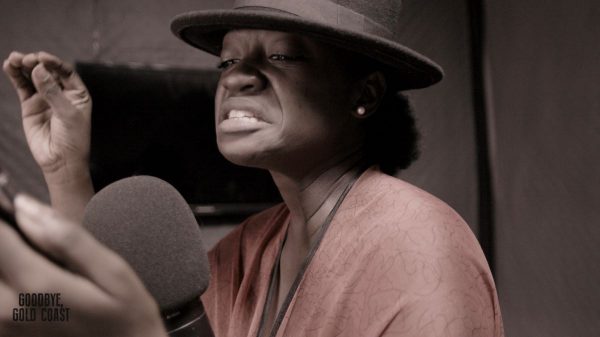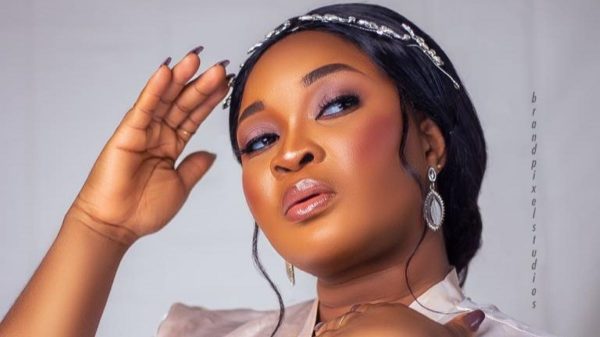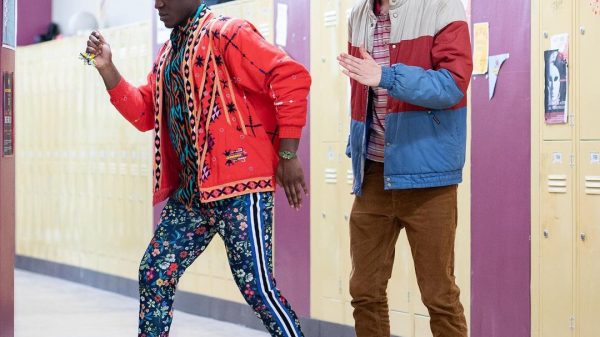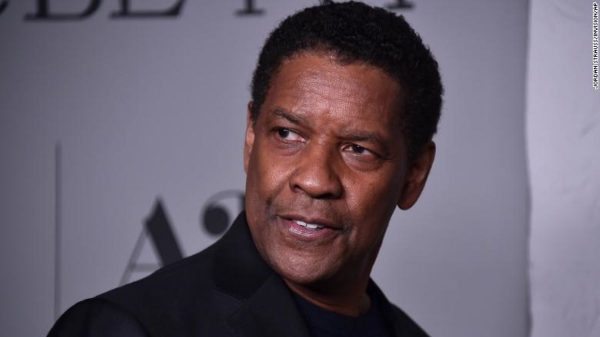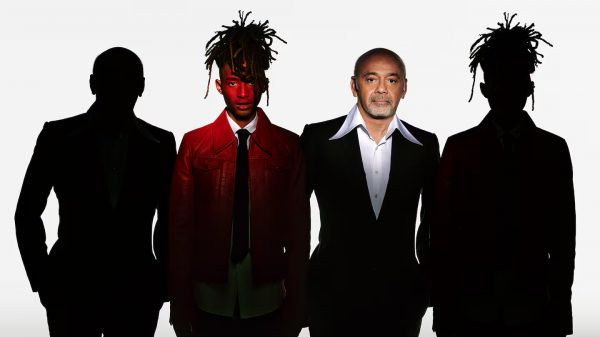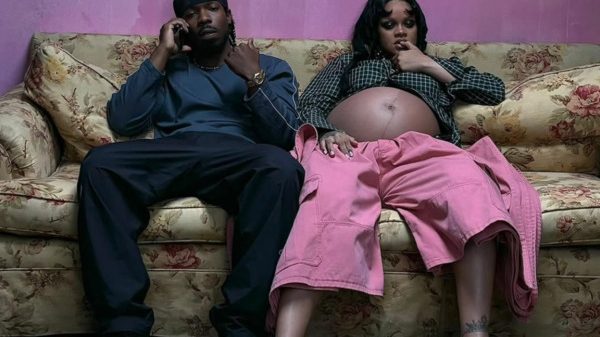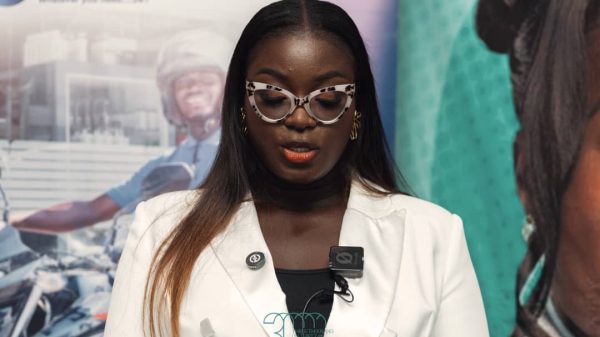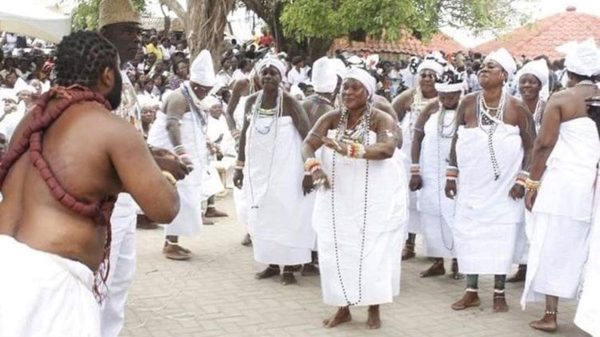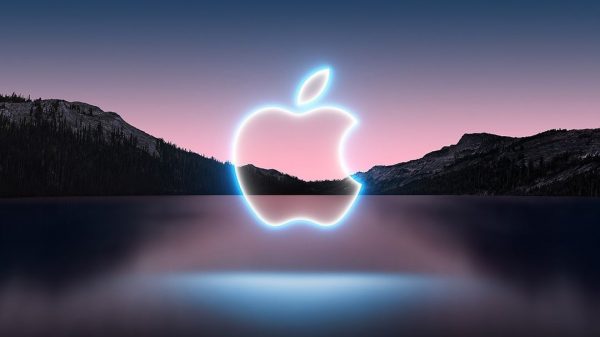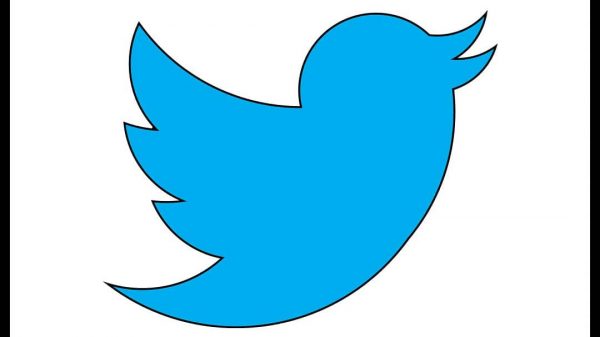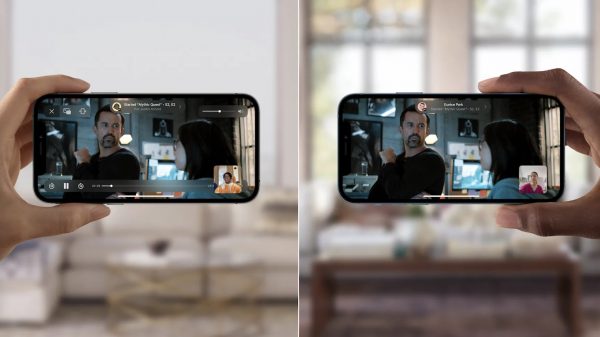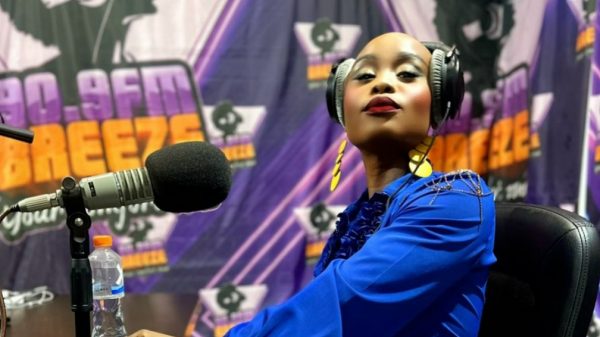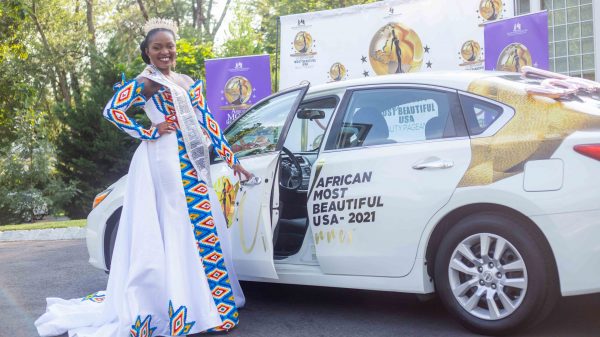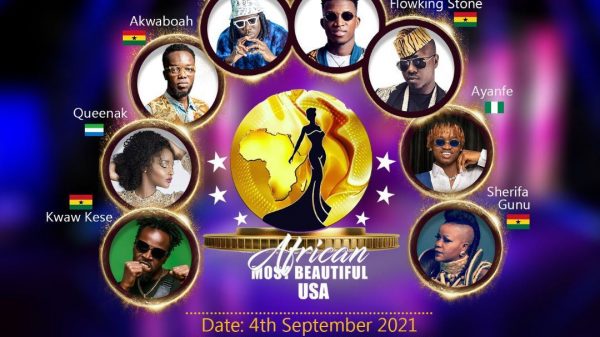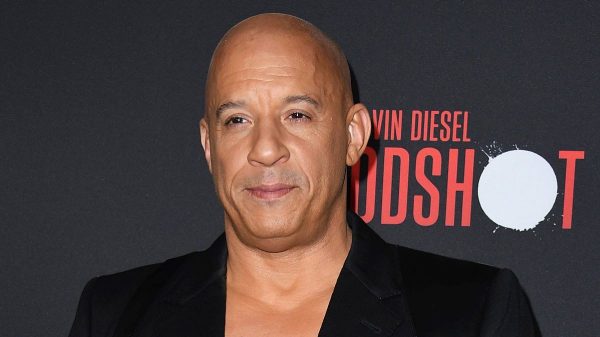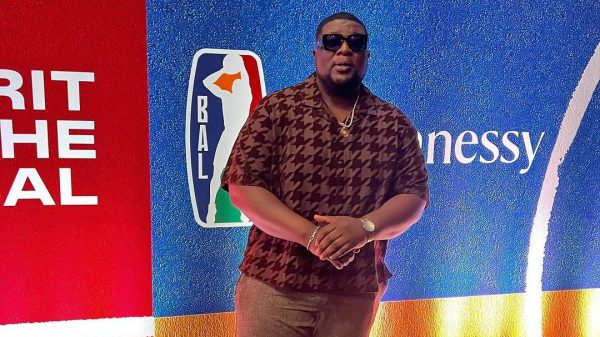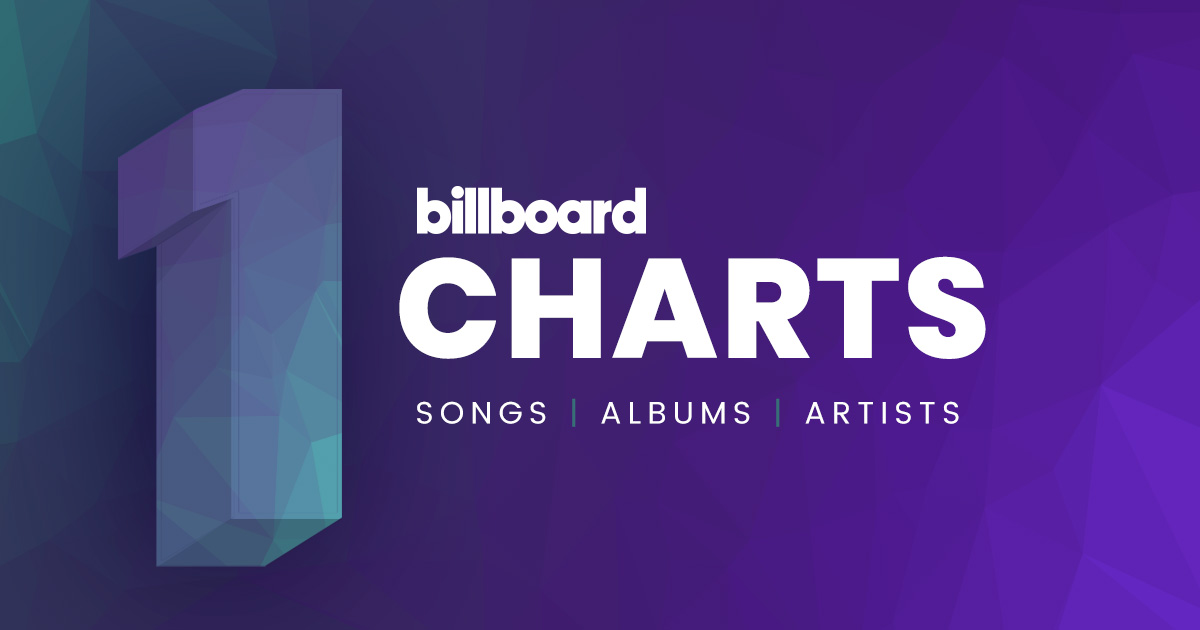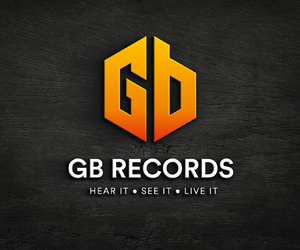Video and audio data from YouTube, along with visual plays from several music streaming services, will soon be factored into the Billboard 200 albums chart, it was announced on Friday. In addition to YouTube, officially licensed video content plays from Apple, Spotify, Tidal and Vevo will be included in the album chart’s calculations.
The inclusion of video data into the Billboard 200 arrives five years after audio streams were added, marking the chart’s shift from a measure of pure sales to a consumption model. The addition of video will also impact Billboard’s genre album consumption charts, such as Country, R&B/Hip-Hop, Latin and others.
While YouTube streams have factored into the Billboard Hot 100 and other song-specific charts since February 2013, this marks a first for the album charts. In contrast with song charts, which can be impacted by user-generated videos, only official licensed video content uploaded by or on behalf of rights holders will be counted for the Billboard 200 and other albums charts.
The changes take effect with the charts dated Jan. 18, 2020, which will reflect sales and streams for the period of Jan. 3-9.
“As the steward of the definitive charts that uphold the industry’s measurement of music consumption, our goal is to continually respond and accurately reflect the changing landscape of the music,” said Billboard-The Hollywood Reporter Media Group president Deanna Brown. “Our decision to add YouTube and other video streaming data to our album charts reflects the continuing evolution of the music consumption market and the ways in which consumers connect to album-related content.”
Lyor Cohen, global head of music at YouTube, called the changes a “very important moment in making the chart a more accurate representation of what people are listening to.”
He added, “Genres like Latin, hip-hop and electronic, which consistently dominate the YouTube charts, will now be properly recognized for their popularity. This is another great step in bringing YouTube and the industry together and we’re so grateful to Billboard and the music business at large for making this addition.”
The Billboard 200 chart ranks the most popular albums of the week based on multi-metric consumption, which includes traditional album sales, track sales equivalent albums (TEA) and streaming equivalent albums (SEA).
“With video representing an increasingly large proportion of music consumption on some of the world’s largest platforms, the inclusion of YouTube and video overall to the Billboard 200 as well as other genre rankings is the next natural advancement for our album charts,” said Silvio Pietroluongo, senior vp of charts and data development at Billboard.

